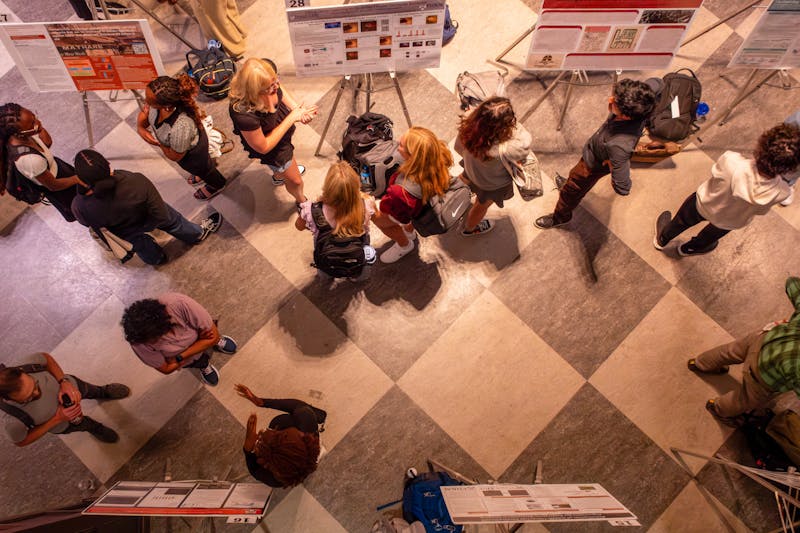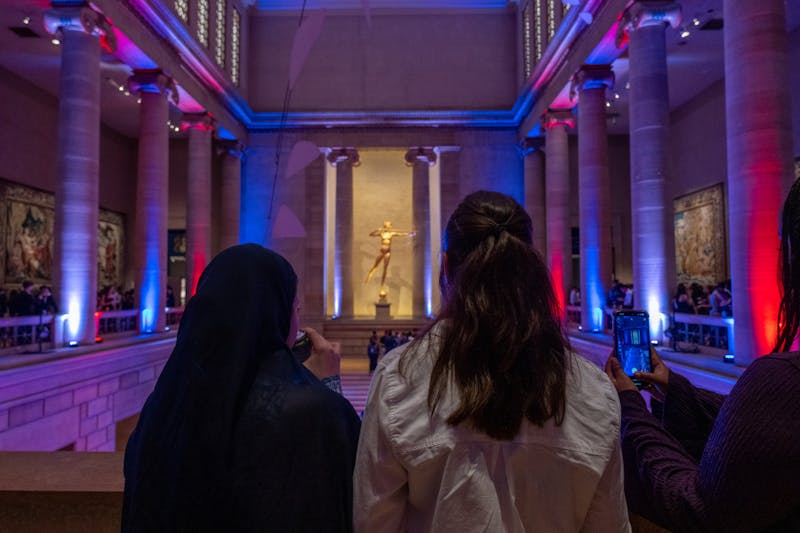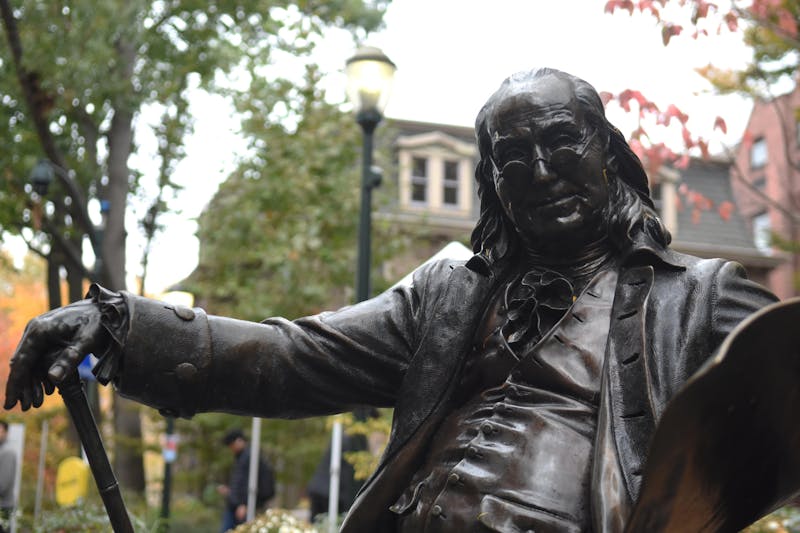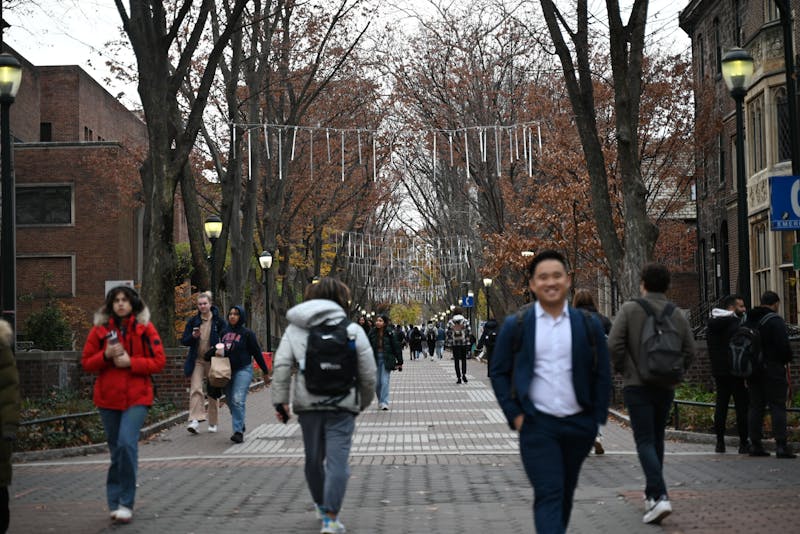
In my first week at Penn, I was involved in PennCorp, a pre-orientation program run by Civic House dedicated to “introducing students to the Philadelphia community through volunteer community engagement, interactive social justice workshops, and thoughtful dialogue and reflection about the social issues affecting the Philadelphia community.” During this program, us “Corpies” would spend the day learning about the impact Penn has had on West Philadelphia and doing site visits to different social action and civic engagement organizations around the area.
From my time in PennCorp, I gained knowledge integral for any first year to understand about Penn, Philadelphia, and the relationship between the two. We spoke about things such as Philadelphia’s Black Bottom, the University City Townhomes, over-policing, and the broader effects of the University's overreach into West Philadelphia. At the conclusion of the five-day program, I felt as if I had a better understanding of where I was, what my role was as a Penn student, and how my presence in West Philadelphia had an impact.
This being my first interaction with the Penn community, I felt optimistic that many students would feel similarly about the obvious issues that existed between Penn and West Philadelphia. My optimism was quickly dashed as I realized by my very first New Student Orientation event that I was sorely mistaken. During this first Peers Helping Integrate New Students tour, I began to hear the widespread, negative stereotypes that many Penn students believe and repeat about Philadelphia. Yet, these perceptions largely came from the racialization of crime and homelessness or prevailing ideas passed down from older Penn students. Interestingly, it seemed as if these fears preceded anyone even stepping foot on campus. My response was visceral. I immediately found myself sharing the information I had learned while in PennCorp with those in my group.
As a group, we were supposed to follow a tour map with important spots around campus that provide context on the community we all agreed to join. While I was excited about this introduction to my new surroundings, my PHINS group leader was less enthusiastic, to say the least. She was hesitant to take us to 40th Street to see some of the murals, and this hesitancy was clear through her body language and the ways she spoke about Philadelphia in other parts of the tour. I encouraged our group to keep going anyway and see these important parts of the community we are, indeed, living in.
Yet, that was not even the worst part of it all. The cherry on top was that, once we arrived, it was almost as if we had walked all the way to 40th Street for no reason. Our guide quickly said we had arrived and pointed across the busy street at the mural. For a brief moment, I sensed that a few eyes had joined mine in looking at the intricate loops and faded colors, but I soon felt them return back to the conversations they believed were more important. In that moment, I stepped in and shared my limited knowledge on what the Black Bottom is and was and the relationship to Penn, and therefore us. I didn’t want that moment to be wasted.
What I am hoping to convey here is this: The average Penn student shows up with a preconceived notion of what West Philadelphia is. Without any lived experiences in Philadelphia, many judge the city without ever giving it a chance. “Don’t go past 40th Street,” a phrase I’ve heard repeated numerous times, stokes a fear of what exists beyond the Penn bubble. Regardless of the intent behind that statement, the words themselves cause harm by “othering” those past 40th Street and by ignoring the systemic issues that exist in West Philadelphia because of powers like Penn. In fact, when mapping crime statistics in the area, there are no hotspots before 52nd Street, likely due to the heavy Penn police presence.
While fears or thoughts about the unknown are natural, when your only representation of West Philadelphia is based on negative stories you’ve heard, sensationalist images from the media, or safety apps with real-time alerts, you should consider how your perspective might be unfairly biased. While it’s important we have these alerts for our safety, it is equally as important that we remember they aren’t representative of West Philadelphia — or even Philadelphia as a whole.
When you arrive and begin living at Penn, you must realize you have entered a place with real people and lives that existed before you. As a Penn student, you have agreed to cultivate responsible citizenship, and by extension, respect for others, by recognizing the dignity and humanity of your new neighbors. Tread lightly. While caution is best practice in any city, fear and judgment only produce negative stereotypes and prevent you from fully engaging. Regardless of what you think about Philadelphia and your safety here, you can do your part in destigmatizing the city and those who are native to it.
Go on a walk, take the SEPTA, and challenge the narrative. This is the time to get to know the history and culture of a new city, and that education can’t be exclusionary. And, remember that the way you speak about a place and its people has an impact.
MARIE DILLARD is a College first year studying history and urban studies from Englewood, N.J. Her email is mdilla@sas.upenn.edu.
The Daily Pennsylvanian is an independent, student-run newspaper. Please consider making a donation to support the coverage that shapes the University. Your generosity ensures a future of strong journalism at Penn.
Donate












